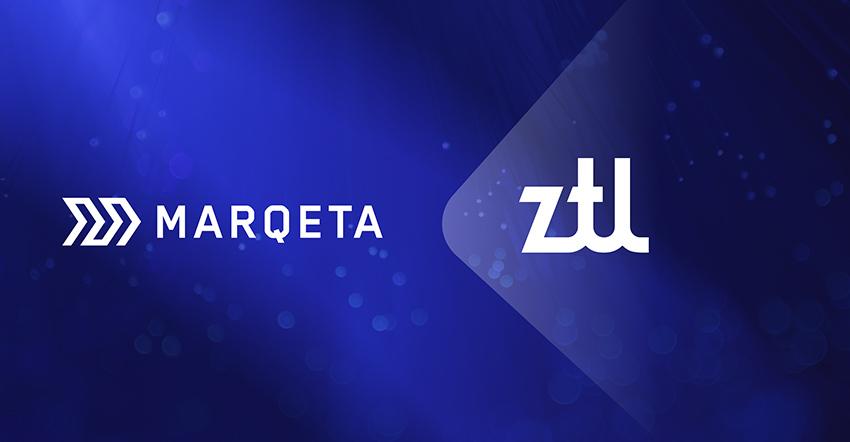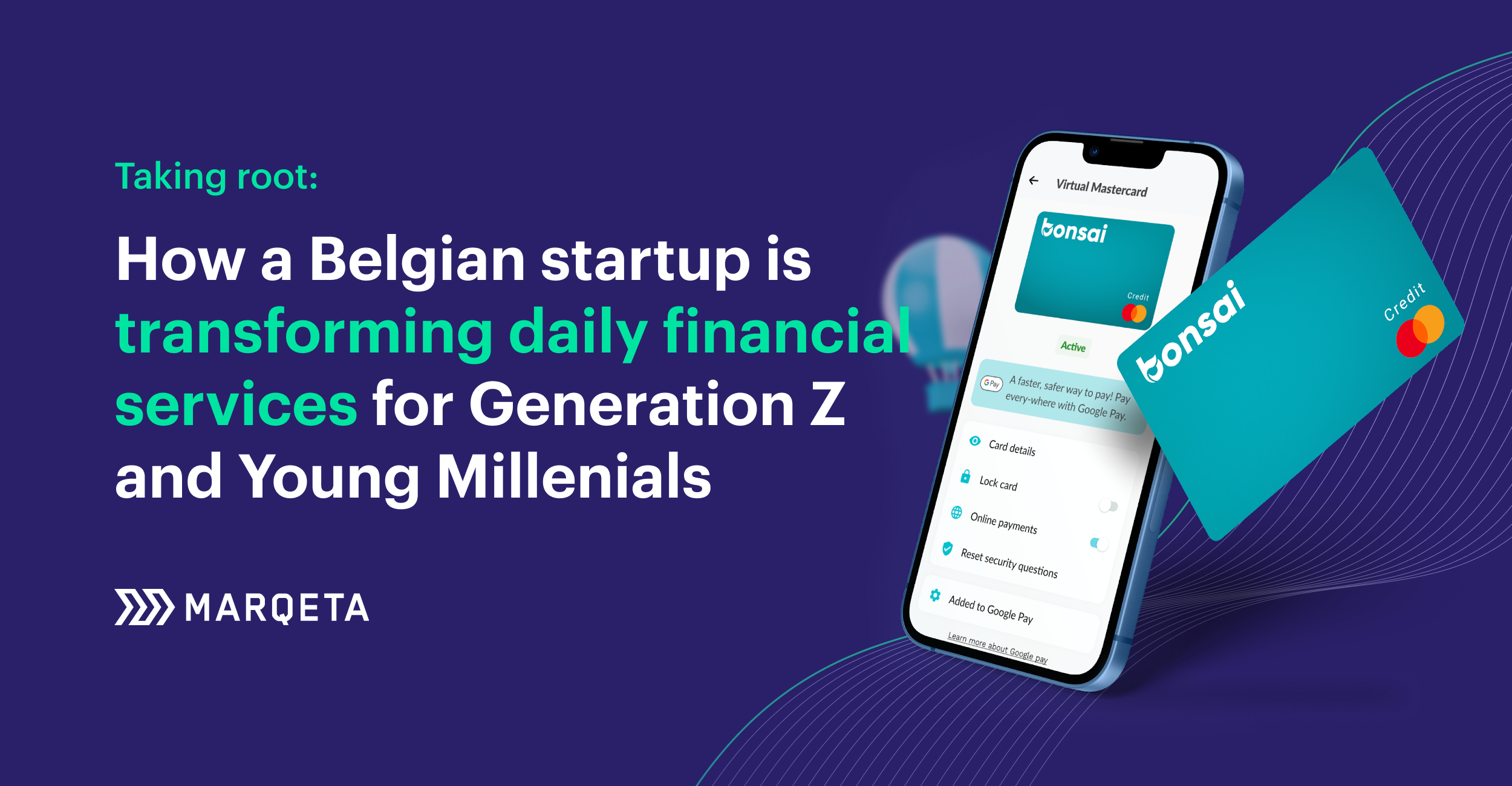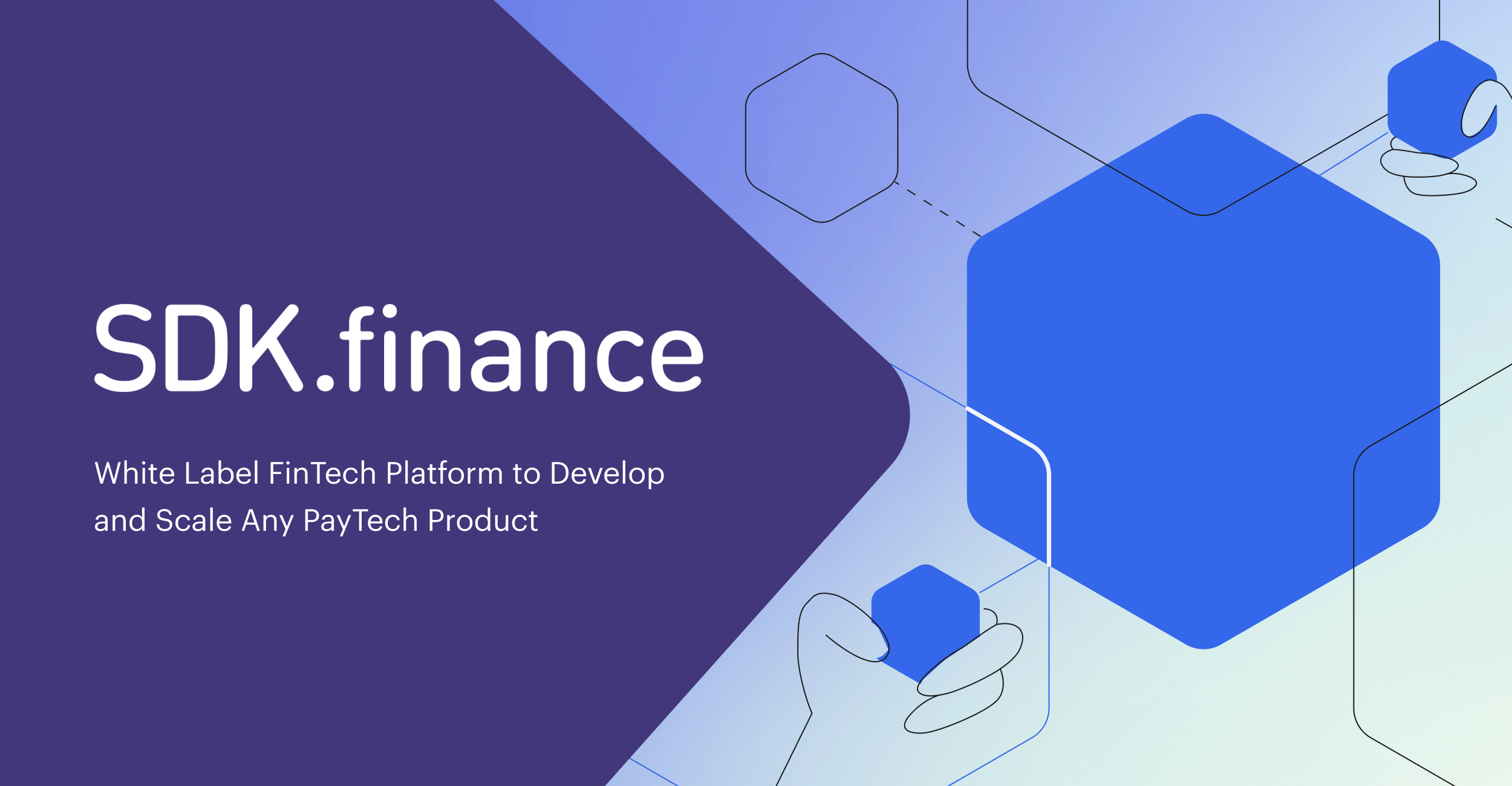How integrating payment capabilities into ERP systems is helping small companies
Continuing our focus on financial innovation in Nordic countries, we spoke to Marco Friess, Product Manager at ZTL Payment Solution, the Oslo-based fintech embedding payment functionality into a range of business user interfaces.
In this second blog of the series, (read the first here) we learn about the power of APIs to enable seamless experiences for small businesses, and explore how traditional banks are responding to the rise of digital challengers. Read on to find out more.
What was the founding vision for ZTL Payment Solution and what problems do you solve for your customers?
Small and medium sized enterprises (SMEs) are underserved by banks, especially in the domain of international payments. Banks have great offerings for large enterprises but have limited attractive offerings for the SME-market. For SMEs, the international payment experience is often both cumbersome and expensive.
Launched in 2018, our founding vision was to create an international payments product with a better user experience and for a lower price compared to banks. The idea was to use the possibilities offered by the Payment Services Directive 2 (PSD2) from the EU. PSD2 regulates banks to offer payments and account information through APIs to third-parties.
Over time, the vision has expanded to domestic and salary payments. All our products are distributed through ERP-systems, and we provide easy-to-integrate-with APIs that enable ERP platforms to build their own user experience on top. This allows SMEs to pay invoices directly in the ERP’s user interface at a lower cost. Additionally, ERPs can do automatic reconciliation from the account information provided by us.
Tell us a little more about finance and payments in Norway and any current trends you are seeing?
Scandinavian countries are well known for having great digital services and in Norway we have a country-wide digital ID scheme, BankID, which almost everyone uses. This provides a solid basis for fully digital banking. BankID also allows fintechs to quickly test new products and reach a large part of the Norwegian market. In terms of the big trends we are seeing in Norway, firstly, most fintechs within payments are focussing on retail customers, not businesses.
Secondly, except for Vipps, no fintech has had a really big success yet – Vipps is the product of one bank and is now owned by a bank consortium. Thirdly, payment initiation is moving away from interfaces owned by the banks to where customers are. Not only for retail customers, but also within B2B.
Lastly, there is a growing interest among companies in using account-to-account payments to replace card payments. For ZTL specifically, we’re seeing across various industries an increasing interest in integrating account-to-account payments in sector-specific user interfaces. Account-to-account payments are attractive because they are comparably cheap and offer a good user experience. For many companies, credit card fees have been prohibitively high and so they have never offered payments in their user interface. But now they see an opportunity and debt collection companies are one such example.
Are the banks in Norway innovating and collaborating and what commentary can you offer on the incumbents?
Fintechs are competing with banks across all products and parts of Norwegian banks’ value chains. It is quite a complex picture with lots of moving components. In our corner of the fintech/payments space, which is B2B payments, there is a lot happening as well. For instance, ERP systems are working hard on becoming the user interface for companies. All the most relevant information of a company is already there.
Now there is a trend to offer more and more banking products in ERP systems as well. This includes payments and account information, and will likely include credit in the future. We are part of this and are helping ERPs to embed online banking (payments and account information) into their user interfaces. In response, two of the largest banks have bought an ERP system.
Simultaneously, banks are overhauling their digital user interfaces and making them much more user-friendly. There is collaboration between and innovation by the banks, albeit as a reaction to things happening outside the banks. In general, banks are still quite conservative but continue to watch fintechs closely.
We have good collaboration with the banks. Our customers are their customers and we do have a common incentive there. At the same time, banks are trying to figure out what additional products they can offer to businesses, both big and small. This creates a situation in which there is both competition and collaboration at the same time.
And Fintech? How is the Fintech industry looking? Who are you watching that is doing great things?
Fintechs in Norway started to organise a bit later than in other European countries. Despite this, Fintech Norway has grown to 40 members, continues to grow, and is now punching above its weight. The majority of the Norwegian fintechs are focussed on retail customers and operate within payments, crypto, regtech and more. We are one of a very small number of fintechs in the B2B space, which is growing. However, more and more fintechs are getting licences from the financial authorities, so we expect the B2B space to become more crowded. Maybe some banks will make a move in the future.
How has Covid-19 impacted on your strategy and your innovation roadmap?
Covid had little impact on our strategy and vision. It did, however, change things internally when everyone had to work from home. This has opened conversations about remote working and hiring remote workers across Europe – because engineering talent is hard to recruit in Norway.
What’s next for ZTL Payment Solution – are the businesses you work with asking for more from you? More APIs for more payment services, perhaps?
We are working on penetrating the Norwegian market further. At the same time, we have expansion plans for Sweden and Denmark and thereafter other European countries. The account-to-account payments space is evolving quickly, and we are looking into other verticals to distribute our products.




